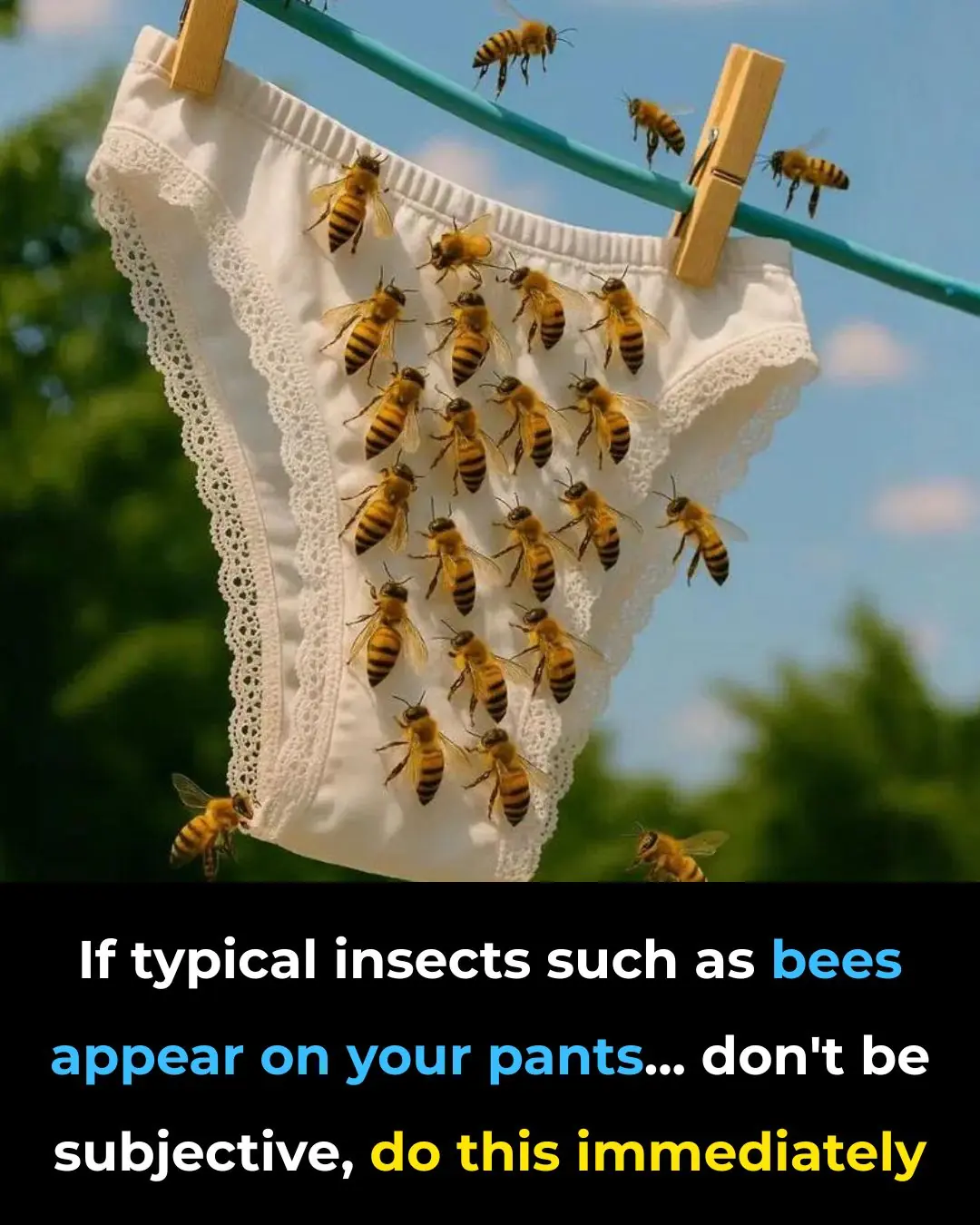
🐝 The Silent Threat: Research Links Cell Tower Radiation to Harmful Effects on Honey Bee Health
The global decline of honey bee populations (a phenomenon known in part as Colony Collapse Disorder) is a critical environmental and agricultural crisis.
Immediate Effects of Short-Term Exposure
The Polish study utilized controlled laboratory observations to monitor the behavior and physiology of honey bees (Apis mellifera) following exposure to EMR simulating frequencies emitted by standard cell towers. The results were startling: even after a mere hour of exposure, the bees exhibited significant and detrimental changes.
Specifically, the exposed bees demonstrated clear behavioral abnormalities, including lethargy and uncharacteristic aggression.
The mechanism proposed is that EMR interferes with the bees' internal magnetic sense, which they use for orientation and navigation. By disrupting the ability of bees to accurately 'read' the Earth's magnetic field, the radiation effectively impairs their homing skills, leading to disorientation, failure to return to the hive, and ultimately, colony collapse.
Alignment with International Findings
The findings from the University of Wrocław are not isolated anomalies. They align with and lend crucial weight to similar studies conducted across Europe, including research in Germany and Switzerland. These parallel scientific investigations have also observed harmful effects of cell tower radiation on various bee populations, reinforcing the conclusion that EMR represents a consistent environmental stressor.
This scientific consensus is vital because it moves the discussion beyond speculation, establishing a credible link between technological infrastructure and pollinator decline. The consistency of these international results adds urgency to the call for regulatory review, demonstrating that the biological impact of EMR may be more pervasive than previously assumed.
Far-Reaching Consequences for Ecosystems and Agriculture
Honey bees are indispensable critical pollinators for ecosystems worldwide.
Disruptions to the health and navigation of bees—which directly impacts their ability to forage and pollinate—can have far-reaching consequences for agriculture and biodiversity.
This research adds significant urgency to ongoing environmental debates regarding the placement and regulation of cell towers. By clearly highlighting the potential risks of electromagnetic radiation to one of the most vulnerable and vital components of our environment, it underscores the need for stricter guidelines, buffer zones around bee habitats, and further research into shielding technologies. The goal is to protect vulnerable ecosystems from the unintended technological impacts of our increasingly connected world.
📚 References
-
Science of The Total Environment / Environmental Pollution: (Leading peer-reviewed journals where original research on EMR and pollinator health is often published, including the study from the University of Wrocław).
-
The International Agency for Research on Cancer (IARC) / World Health Organization (WHO): (Official bodies that review and classify potential environmental carcinogens and non-ionizing radiation effects).
-
National Academy of Sciences (NAS) Pollinator Health Reports: (Provides context on the multi-factor causes of pollinator decline, adding EMR as a new area of concern).
-
Biological Effects of Non-ionizing Electromagnetic Fields (BEE) research groups in Europe. (Organizations focused on coordinating studies regarding the biological impact of low-level EMR).
News in the same category


📈 The $5 Trillion Threshold: NVIDIA Becomes the World’s Most Valuable Company, Reshaping Global Economic Influence

Why Some Eggs Are Speckled

What Are the “Black Triangles” Between Your Teeth

Inserting a toothpick into this exact spot on the electric kettle has an amazing effect — a useful trick everyone should know

Crocodile Tears Explained: From Natural Reflex to Cultural Legend

Millions Travel Nationwide for a Nostalgic and Festive Thanksgiving Weekend

⌚ The Unassuming Icon: Casio’s Enduring Philosophy of Utility Over Luxury

✨ A Young Innovator’s Global Impact: Rachel Brouwer’s Solar Water Purifier Offers Hope to Underserved Communities

🤫 The Quiet Confidence: Why Healthy, Stable Couples Post Less on Social Media

Kamala Harris Sparks National Conversation on Lowering the Voting Age

🧠✨ Stunning MRI Images Reveal the Hidden World of Babies in the Womb

Doctors Discover First-Ever Live Worm Found in a Human Brain: A Historic Medical Case in Australia

Why Bees Land on Fresh Laundry: Understanding Their Attraction and How to Prevent It

What Are the “Black Triangles” Between Your Teeth

12-Year-Old Innovator Creates Low-Cost Virus-Removing Air Filter Adopted Across Connecticut

Billionaire Judy Faulkner, 82, Commits to Giving Away 99% of Her $7.8B Fortune

The Curious Story Behind "Ancient Lights" in UK Property Law

From Precarious to Prosperous: Denmark’s Approach to Entry-Level Jobs
News Post

THIS SEED: AFTER 50, IT STRENGTHENS BONES & CURES ALL PAINS

High Blood Pressure Has a New Culprit

Civil War Era Politician Robert Smalls Becomes First African American to Receive Monument in South Carolina

How to treat nerve pain in the foot, toes & legs

Dr. Patricia Bath Set To Make History As First Black Woman Inducted Into National Inventors Hall of Fame

Unlocking the Power of Rosemary Tea: A Natural Elixir for Mind, Body, and Soul

🌌 An Accidental Revolution: How the Search for Black Holes Led to the Invention of Wi-Fi

📈 The $5 Trillion Threshold: NVIDIA Becomes the World’s Most Valuable Company, Reshaping Global Economic Influence

Angela Davis to Keynote Largest Black Feminist Conference in the Nation

NYC-Based Events Company Is Creating Spaces to Empower Indy Black Artists Across the East Coast

Why Some Eggs Are Speckled

Drinking Water the Right Way

This is the correct way to preserve pork in the freezer: The meat will not dry out, and will still retain all its nutrients for a whole month.

Pour salt into the toilet, everyone calls you crazy but know its uses and do it at home right away

What Are the “Black Triangles” Between Your Teeth

Inserting a toothpick into this exact spot on the electric kettle has an amazing effect — a useful trick everyone should know

Amazing uses of pouring vinegar on meat: Everyone who knows will want to do it too

Chef reveals secret to stir-frying soft, lump-free vermicelli noodles that even the most clumsy person can easily do
